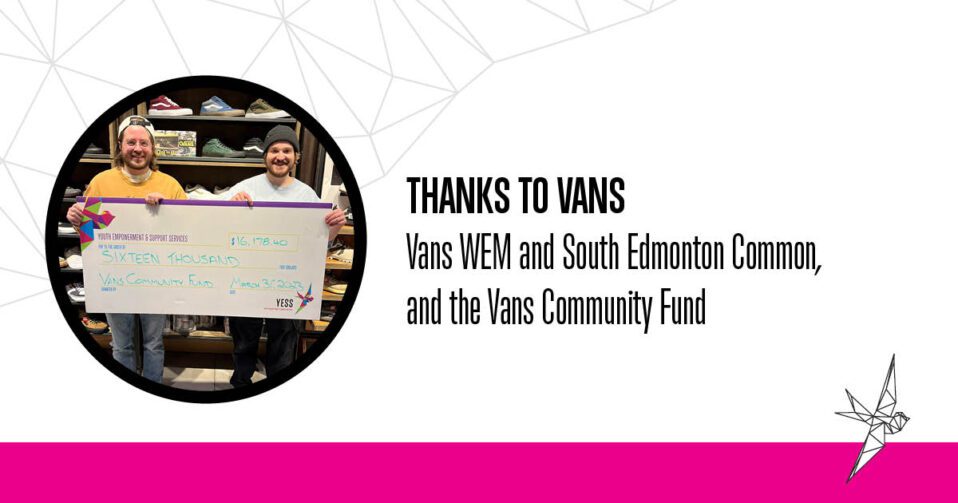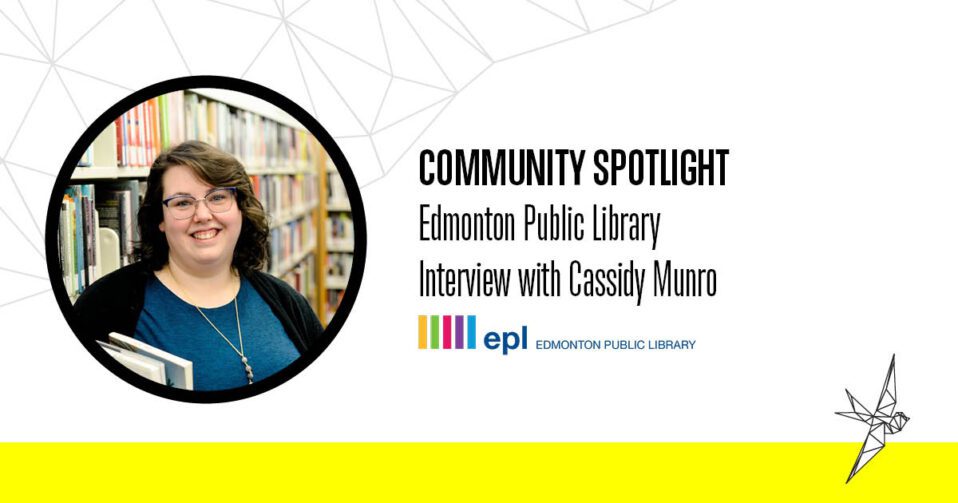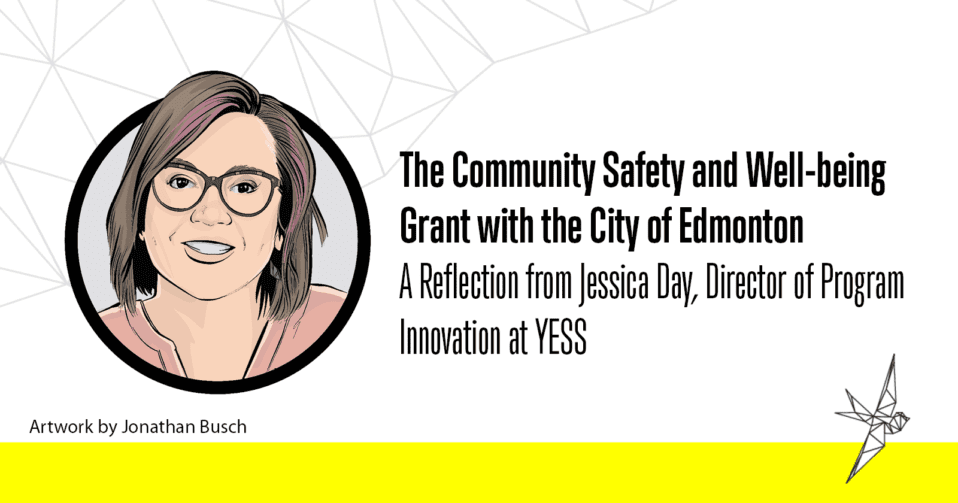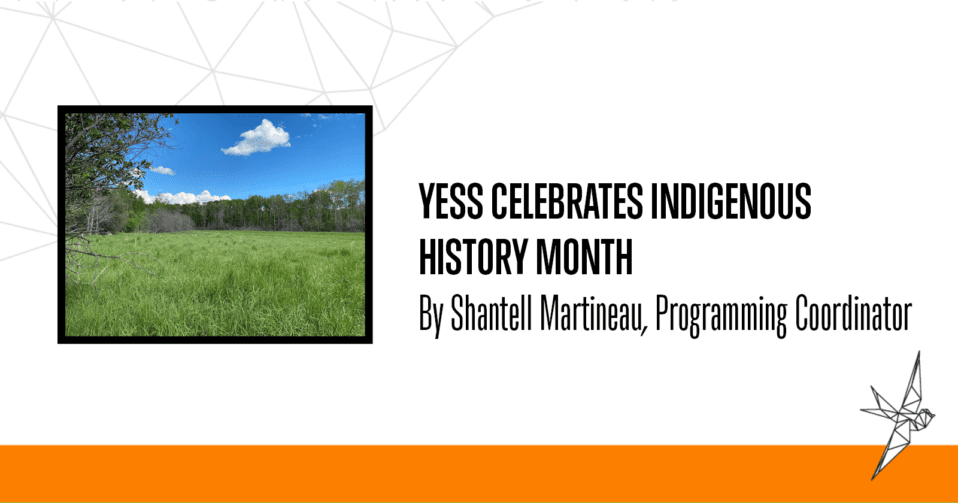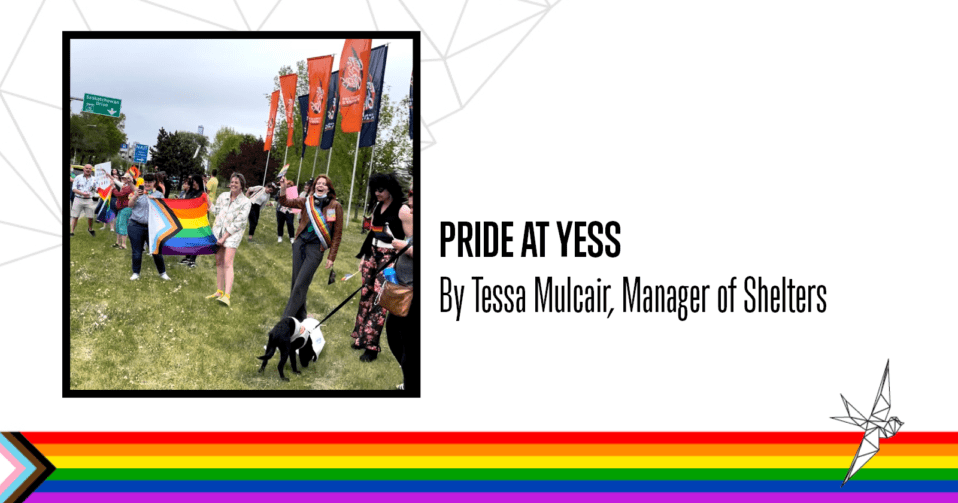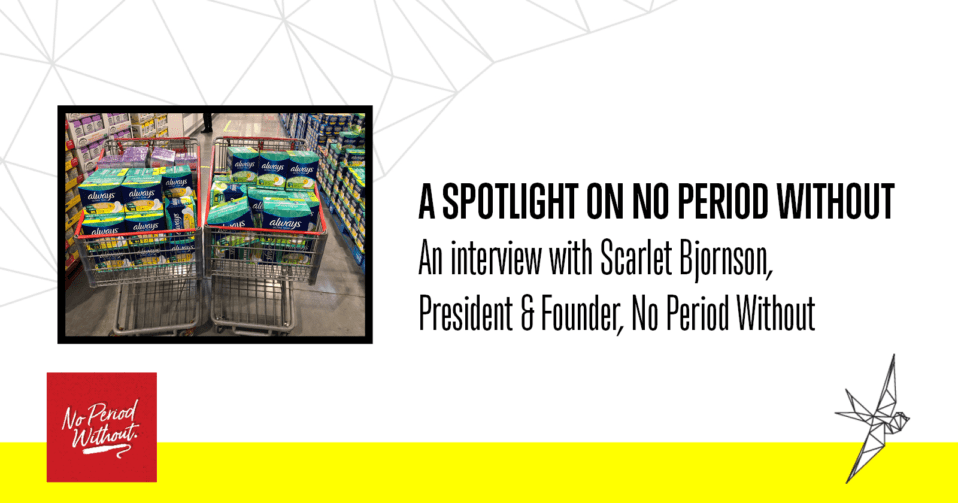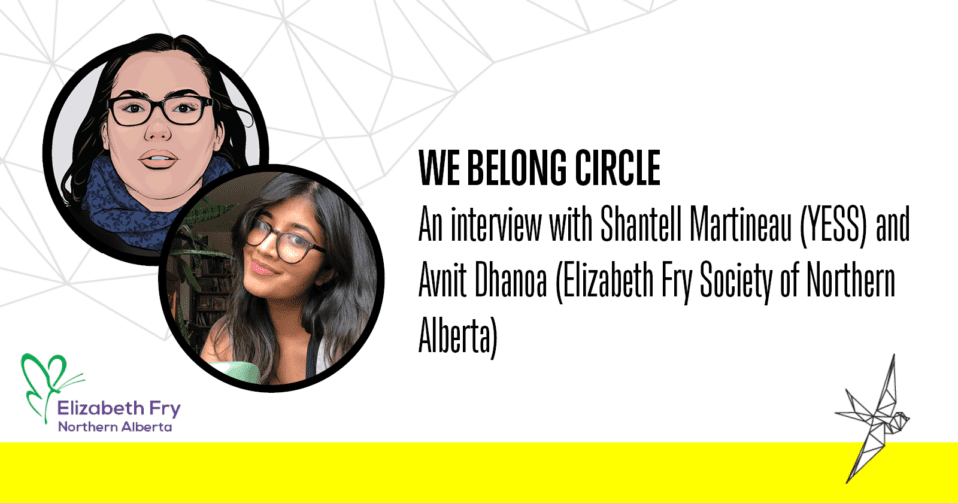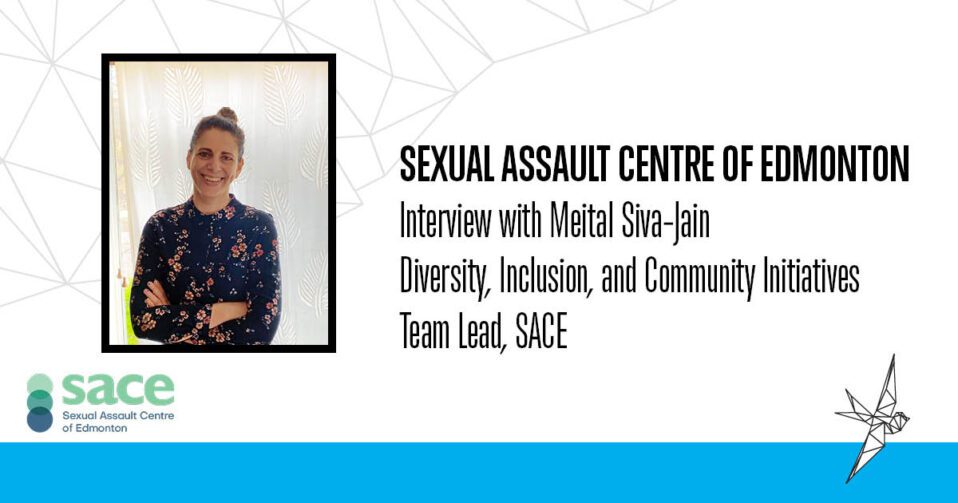February is Black History Month! Here at YESS, we support a community of youth as diverse as the wider community. We have collaborated with the African Canadian Civic Engagement Council (ACCEC) in previous programs and continue to engage with their work.
ACCEC is a Black-led, Black-founded registered NGO that promotes and strengthens opportunities for African, Caribbean, Black, and Racialized Communities. The African Canadian Civic Engagement Council’s (ACCEC) mandate is to protect and promote all people of African descent’s dignity and human rights while celebrating our people’s significant contributions to society and worldwide.
ACCEC is based in Edmonton, but works nationally, and is an innovative program in the Alberta landscape.
We worked with ACCEC within our Cohort Transitional Residence Pilot Project in 2021-2022. This pilot program cam specifically from the realities of the COVID-19 pandemic that made it difficult for youth to build positive connections. The program used “family-like” cohorts of 3-5 youth to bolster safe and meaningful peer interactions that created “bubbles” that meant youth were safe to not wear masks and to minimize social distancing within their cohorts in the program.
This highly autonomous program saw changes in the trajectory of many youth who had previously been termed “difficult to house” or who had been trapped in homelessness by a myriad of barriers. This “Bridge Housing” style program had the same core purpose of giving individuals experiencing homelessness a safer space to exist in, given the health risks associated with crowded shelters during a global pandemic. The primary objective of Bridge Housing programs is to provide a safe place to live while waiting for a permanent housing to come through, with a target goal of 6-month maximum stay. We used this base and broadened our approach to include the social, emotional, and psychological development impacts that the pandemic was having on youth in particular, as the work that all youth do in their adolescence in these areas was being stunted by isolation and missed opportunities.
Around this same time, ACCEC was developing their own stabilization program. The African, Caribbean & Black Stabilization Program (ACB Program) was initially funded by the province and started out as a COVID response model that recognized the importance of belonging, connection, promoting meaningful relationships, and working with youth families and natural supports.
This program found a home with its own cohort of four beds at the Cohort Transitional Residence Pilot Project. Focused on building connections, healing from trauma, and empowering youth to achieve their goals, this collaboration between ACCEC and YESS was a natural fit. ACCEC’s Afrocentric model to create a therapeutic environment is based on the African traditions of sanofka (the belief that people must return to their roots to move forward, from the Akan language in Ghana) and ubuntu (“I am because you are,” a philosophy from South Africa).
“It’s rooted in relationship. It’s rooted in community. It’s rooted in healing. It’s rooted in accountability — so that’s what helps a lot of these youth heal,” said Dunia Nur, president of ACCEC, in an interview with CBC in 2021.
By collaborating, both ACCEC and YESS were able to benefit from a specific Afrocentric perspective and the diverse staff that were available to youth.
“You start to see this amazing community collaboration of staff and youth from so many different walks of life being like, ‘Hey, we can be safe and vulnerable here,’” Alice Mwemera, who was then the supervisor of the Cohort Program and is now involved in program research and development at YESS, told CBC in an interview. “So instead, I can get to know you as a person and you can get to know me. How cool is that?”
Learn more about the African Canadian Civic Engagement Council on their website at accec.ca
Read the CBC article “’Rooted in healing’: New housing facility gives marginalized Black youth a place to rebuild” by Andrea Huncar here

